Tata Nexon EV
Even though electric cars are extremely popular and in high demand, they are still expensive and unreliable. Because of the high cost of batteries and the lack of charging infrastructure in India, it is nearly impossible to use an EV if we don’t have a charger set up in our homes. As a result, automakers need any advantage they can get. Therefore, when Tata entered the electric vehicle market with a vehicle specifically targeted at Indian auto buyers, it chose to go through one of its most alluring products—the Nexon small SUV.
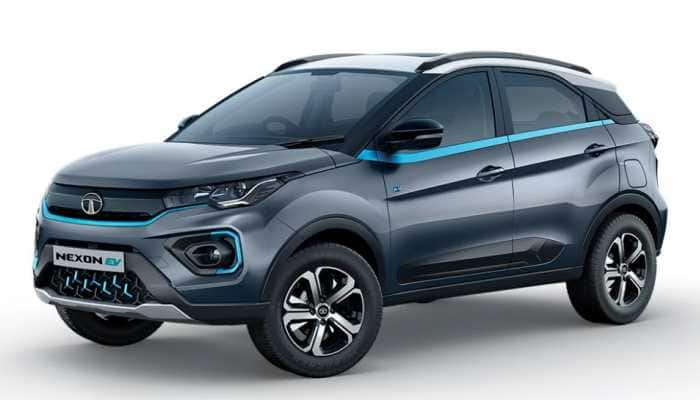
The Nexon is a consistent seller for the brand and has already established itself as a useful, cost-effective item. A cheerful and reassuring atmosphere is also given off by the fact that it received a five-star rating in Global NCAP safety ratings despite having an internal combustion engine. So, how effective is the Nexon EV? Is driving in traffic easy and smooth? Is it pleasant to ride in, and can it excite us when we need a sharp burst of acceleration?
Table of Contents
It is what?
Even though Tata may have already introduced the Tigor EV, this is the brand’s first actual EV aimed at car buyers rather than taxi drivers. It gains a liquid-cooled rechargeable battery to increase its allure and a 312km range using the optimistic driving cycle of ARAI. The EV, which shares the same engineering foundation as the conventional Nexon, employs a magnet motor with a maximum output of 129 horsepower and 245 Nm of torque. Under the cabin floor is a 30.2kWh “T”-shaped battery pack that powers this motor. The suspension has been adjusted to suit the battery’s added weight, but other parts like the damper, springtime, and brakes are the same as those on a conventional Nexon.
Interestingly, Tata could evenly distribute the weight at each axle, and the entire curb weight is 1,400 kg, 150 kg more than the top-spec diesel Nexon. The Nexon EV’s entire center of gravity is also significantly lower than that of either of the IC engine vehicles because of where the battery pack is located. The pack complies with the IP 67 certification, which indicates that it is waterproof for up to one meter, which should alleviate any concerns about the battery’s longevity and endurance (up to 30 minutes). Additionally, it has an AIS 48 rating, the highest safety rating in India, and includes tests for fire, crush, and nail piercing up to the level of a cell.
In conclusion, this EV should have no trouble navigating through flooded roads, turning off automatically if submerged for longer than 30 minutes, and even enduring our roads’ normal wear and tear throughout its lifespan. Tata also provides an 8-year or 1,60,000km warranty on both the battery pack and the electric motor to increase customer confidence further.
What is the interior like?
The instrument panel design, which is largely the same as the Nexon before the facelift, is given some freshness by blue accents that resemble those on the exterior. The instrument cluster is now partially digital and has a colored display with information, including the battery’s anticipated range and charge level, and a moving graph showing power use vs. regeneration. Both the steering and the rotary “gear” selector are new.
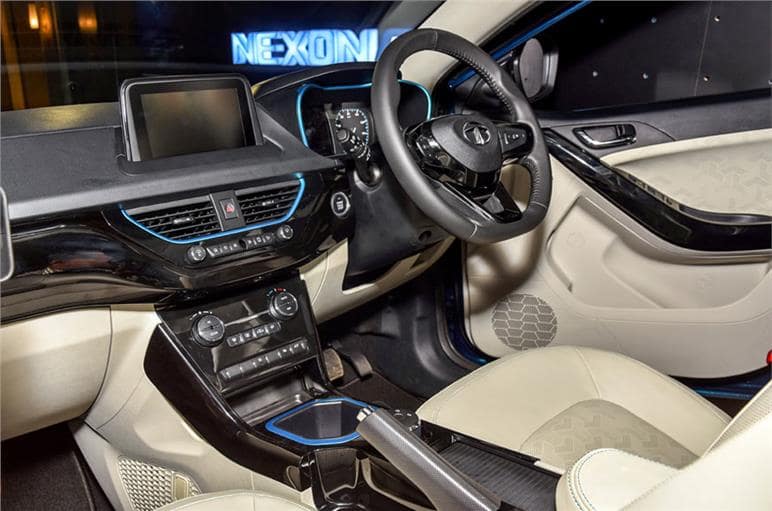
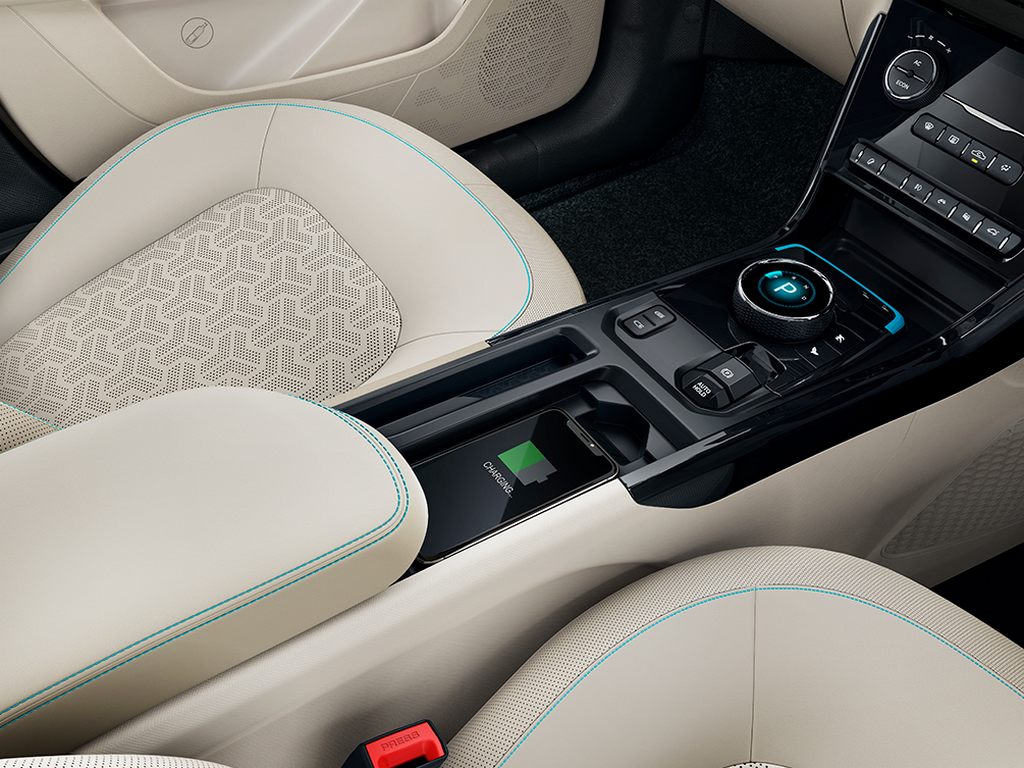
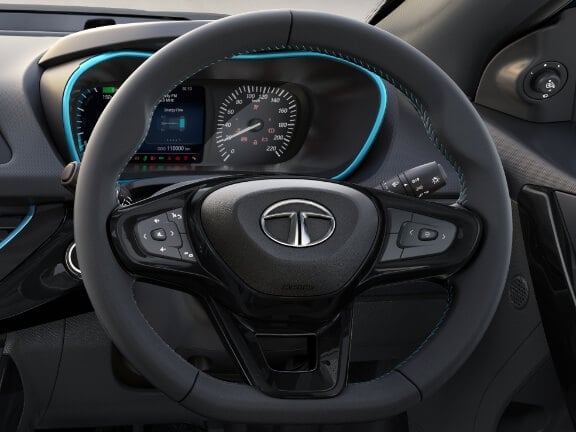
The latter is less practical to use because it responds slowly and is difficult to read in bright light. It necessitates looking up into the center console, which is uncomfortable, to determine what mode we are in. Thanks to its revised positioning, a sizable storage cavity can be found in front of the gear selection knob. The seats and space in the front and rear remain unchanged, just like the basic design of the Nexon EV dash. As a result, the seats are cozy with just the right amount of support and cushioning. And a shoe room at 350 liters is practical too.
Added options such as a sunroof, brown leather upholstery, and automatic headlights and wipers are now included in the leading XZ+ Lux model. Thirty-five new app-based connectivity capabilities for car security, proximity services, remote instructions, notifications, and other functions are added to all variations. Although the rear air conditioner blower controls and AUX input have been removed, practically everyone will still value the excellent 8-speaker Harman audio system.
How would we describe driving?
The first impressions are excellent. The power surge that results from pressing the accelerator hard is substantial, and it’s good that the torque doesn’t arrive in a large, uncontrolled rush. Initial reactions are beautifully linear, a small rise in pedal position is metered, and traffic advancement is jerk-free and smooth. It indicates that the Nexon EV can easily weave through traffic and has more than enough power for daily driving.
However, performance is strong. We fastened our testing tools, and the difference in the 0-100 kph acceleration timing was immediately noticeable. “S” completes the sprint in just 9.64 seconds, but in “D,” it requires 13.75 seconds. When we get on a wide-open highway, the Nexon EV’s top speed of 120 kph may seem to constrict.
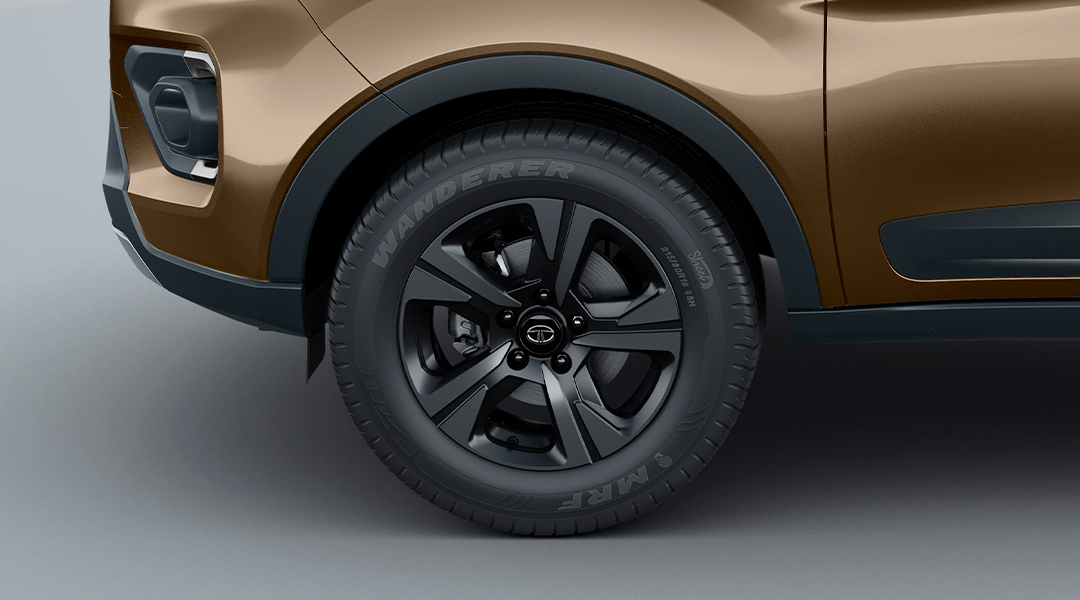
The Tata Nexon EV’s range has been certified by ARAI to be 312km; however, it uses a lot of “S” or “Sport” and a lot of the right foot, and the range decreases pretty quickly. The good news is that it can be fully charged from 20% of its battery capacity using a standard 15 ampere AC plug and charger, the latter of which is included with the car, in just eight hours. Using a fast DC charger, it can also charge 80% of its battery capacity in just 60 minutes.
The ride quality is also a little firmer due to the hefty battery being positioned underneath and the stiffer springs and dampers. There is a layer of stiffness at lesser speeds, but it isn’t uncomfortable. Additionally, the ride is busier over damaged sections, and big potholes thud harder. However, when the speed increases, it smoothly smooths out the potholes and flaws in the road. What’s also good is that its handling is precise, well-balanced, and reassuring.
Additionally, the fact that the battery weight is kept low, the driving is precise, and the turn-in is crisp makes it easier to make quick and enjoyable direction changes. The excellently tuned brakes and precise body control that support that forceful turn-in give us more self-assurance. The pedal feel is so accurate that the brakes feel forceful when we need to brake hard into curves and quite progressive even when combined with regen-braking at low speeds.
Is it required to buy one?
The Nexon EV is a fantastic city car. Most drivers will be pleased to switch because it is responsive right away, simple to drive, and comfortable. Additionally, those drawn to brief spurts of impressive performance won’t be let down. It’s enjoyable to drive thanks to the powerful brakes, precise handling, plush interior, and linked car technology. There is a lot to be thrilled about because Tata has equipped the EV with leatherette seats, a sunroof, and auto lighting and wipers to further its appeal.

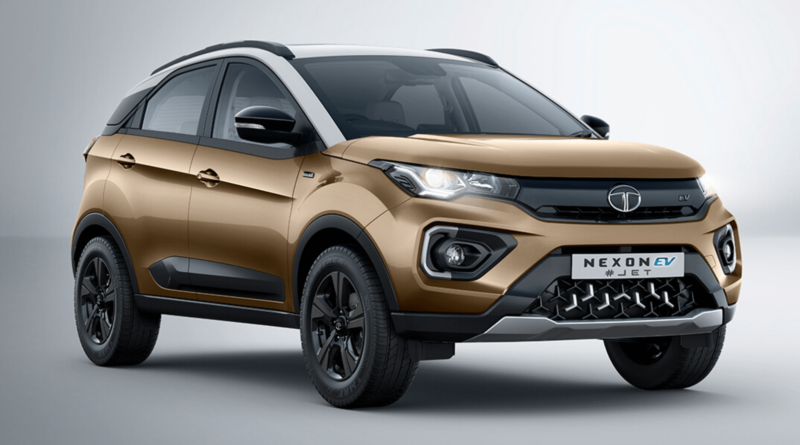
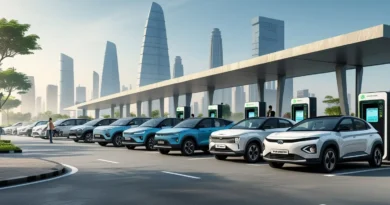
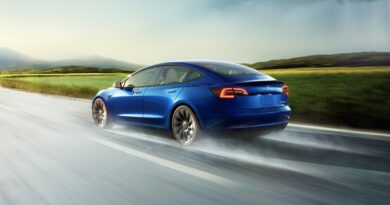
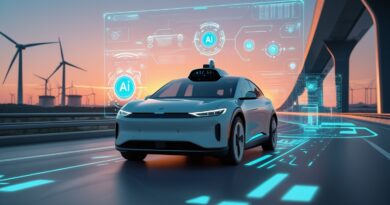
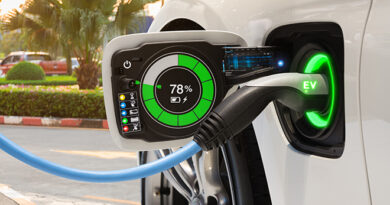
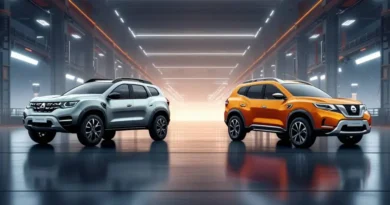
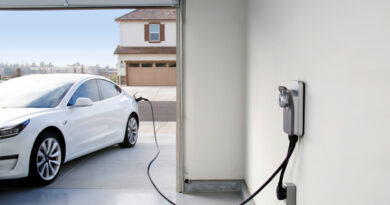
You ought to take part in a contest for one of the best sites on the net. I will highly recommend this blog!